Happy Mother’s Day from Alaska’s wildlife
Back To Blog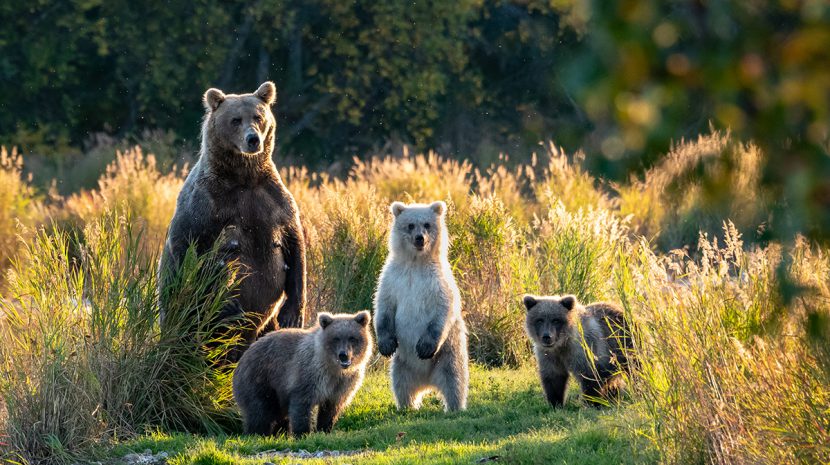
We are sending all the moms out there lots of love on their special day! Celebrate Mother’s Day with our roundup of adorable Alaska (wildlife) moms and babies.
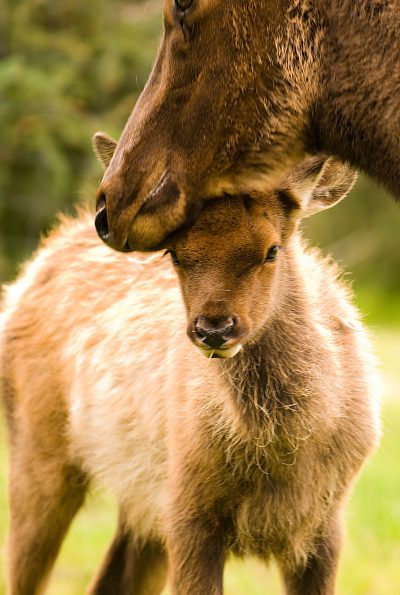
Can you name this animal? This one can be tough to identify without the antlers – we bet you’d be able to tell if dad was in the frame! If you guessed elk, you’re correct! Elk calves are born in May or June when food is most abundant. Elk moms separate from the herd to give birth and once baby comes they spend about two weeks together before rejoining the rest of the herd. Ever wonder what those cute white dots on baby’s back are? It’s a form of camouflage known as protective coloration.
Did you know? Elk are not native to Alaska and were actually brought to the territory in 1928.
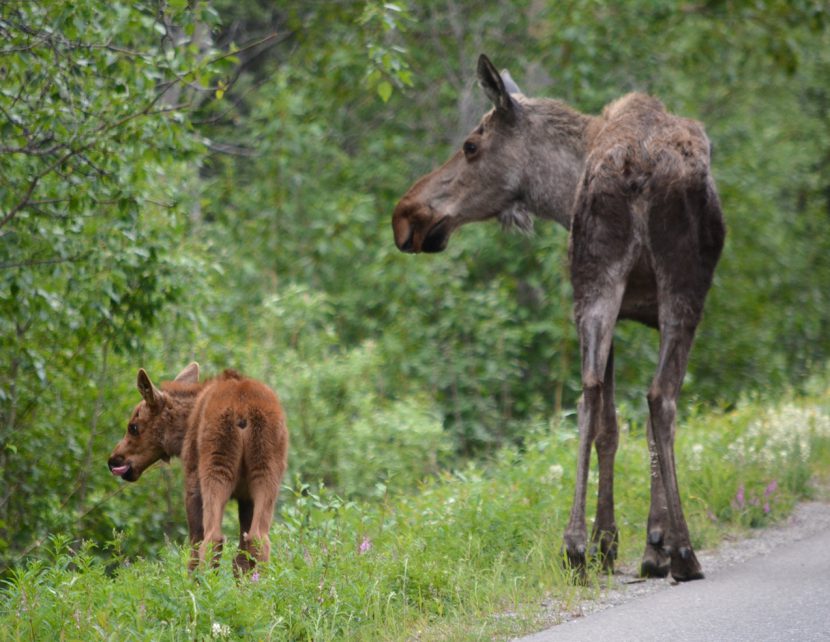
Photo Credit: Denali National Park & Preserve/Katherine Belcher
Alaska is home to some of the largest moose in North America, ranging from 800 to 1,600 pounds at maturity. But newborn calves are born weighing between 28 to 35 pounds. Cows are notorious for aggressively defending their calves, so like with all animals in Alaska, it’s best to view this pair from a distance. Calves will generally stay with their mother until they reach a year old.
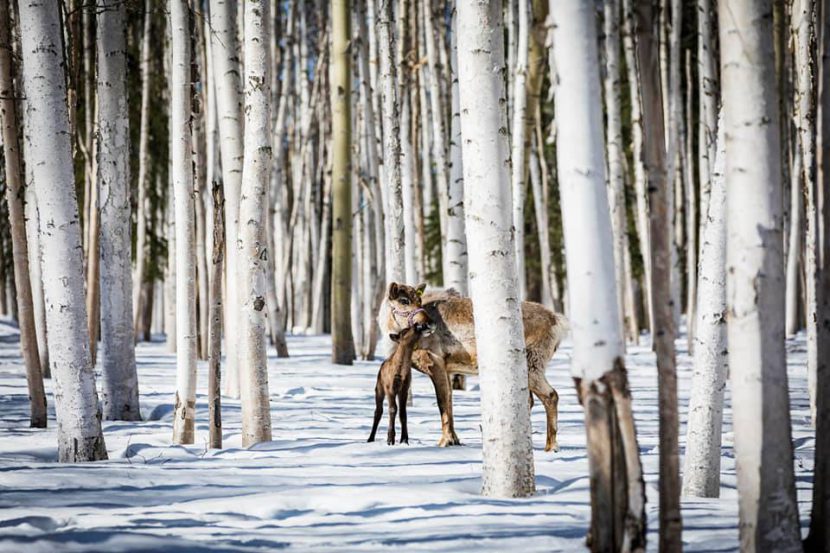
Photo Credit: Robert G. White Large Animal Research Station
The history of reindeer in Alaska is another unconventional story. The over-hunting of whales and other mammals left Indigenous Alaskans without some of their major food sources. As a solution, the first reindeer were purchased from Siberia and introduced in Alaska in the late 1800s. The population and subsequent herds brought a new industry and food source to Alaskans. There are still professional reindeer herders across Alaska today. There are also many facilities and rescues that are committed to preserving these animals which means there are plenty of cute baby pictures to go around!
Fun fact: Both male and female reindeer grow and shed their antlers every year.
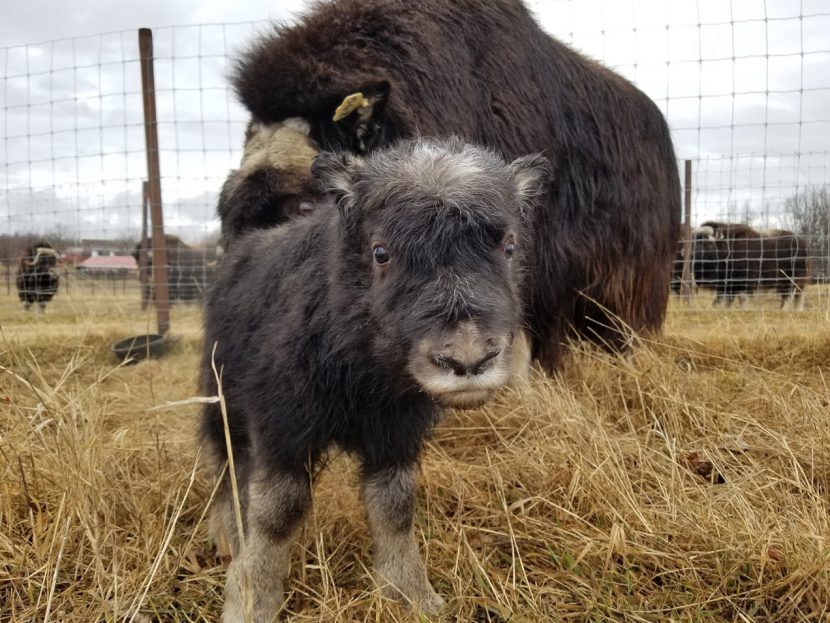
Photo Credit: The Musk Ox Farm
This baby musk ox is stealing the spotlight from mom! These short, stocky animals are actually native to Alaska but were locally extinct by the 1920s. In 1930, 34 musk oxen captured in Greenland were moved to Alaska to reestablish the breed. All musk oxen in Alaska today are descended from the original 34.
Musk oxen are actually members of the goat family and not at all related to oxen.
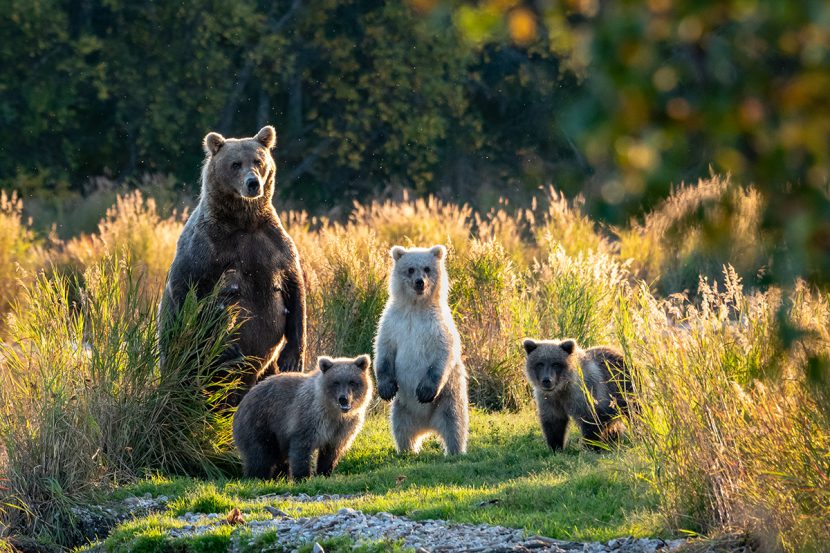 There’s nothing quite like a mama bear’s fierce love for her cubs. Unlike other large mammals, brown bear cubs are born extremely small and generally in twos. They usually weigh in around one pound each. Even more remarkable? Brown bears often give birth during their hibernation period and nurse their cubs until springtime when hibernation ends. Cubs remain with their mothers, learning and growing until they’re about age 2.5.
There’s nothing quite like a mama bear’s fierce love for her cubs. Unlike other large mammals, brown bear cubs are born extremely small and generally in twos. They usually weigh in around one pound each. Even more remarkable? Brown bears often give birth during their hibernation period and nurse their cubs until springtime when hibernation ends. Cubs remain with their mothers, learning and growing until they’re about age 2.5.
We hope your Mother’s Day is just as special as you are!